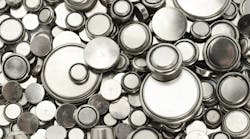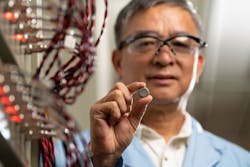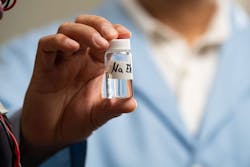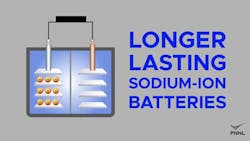The research is a work in progress, but scientists at the Department of Energy’s Pacific Northwest National Laboratory have developed a sodium-ion battery that holds promise for large-scale applications.
The ingredients that make up the liquid core of the new battery have been adjusted, which resulted in extended longevity in lab tests, reported the research team in a press release.
“Here, we have shown in principle that sodium-ion batteries have the potential to be a long lasting and environmentally friendly battery technology,” noted PNNL lead author Jiguang (Jason) Zhang, a pioneer of battery technologies with more than 23 patented inventions in energy storage technology.
Tweaking the Ingredients
In batteries, the electrolyte is the chemical medium that facilitates the flow of electrical charge between the cathode and anode. The researchers explained that the electrolyte forms by dissolving salts in solvents. The resulting charged ions flow between the positive and negative electrodes. However, electromechanical reactions that cause the energy to flow will slow down over time, thereby hindering the ability to recharge.
Sodium-ion batteries are typically limited by this shortcoming and are disadvantaged relative to similar lithium-ion batteries.
READ MORE: New Research Looks to Improve Safety of Battery Technology




